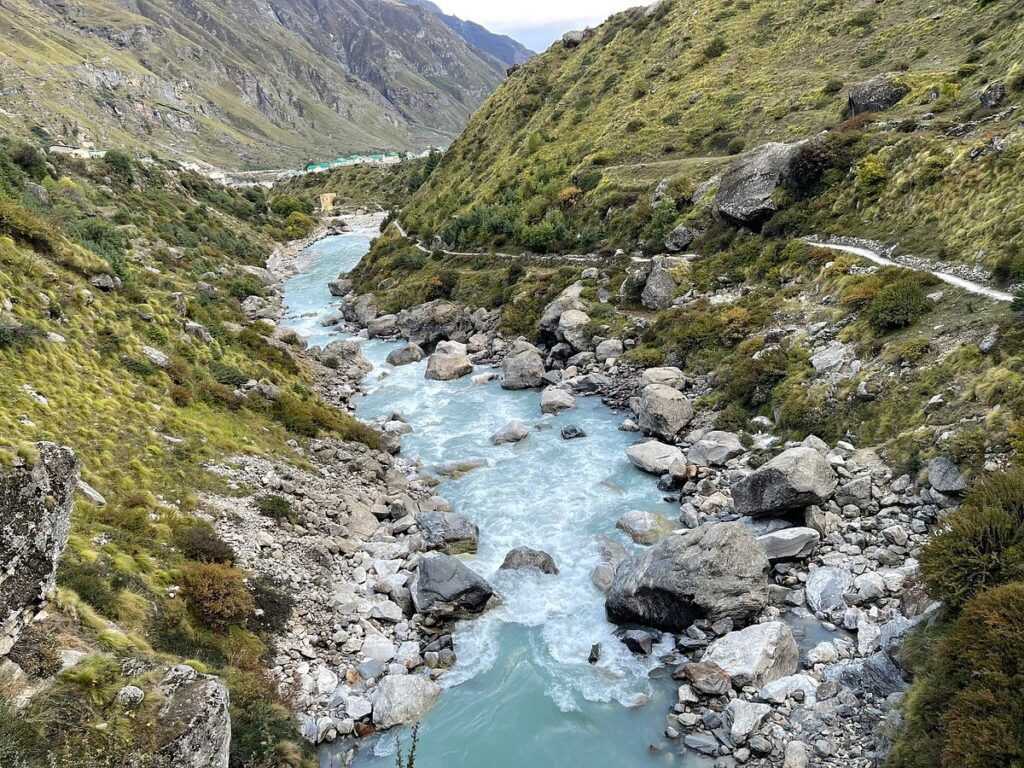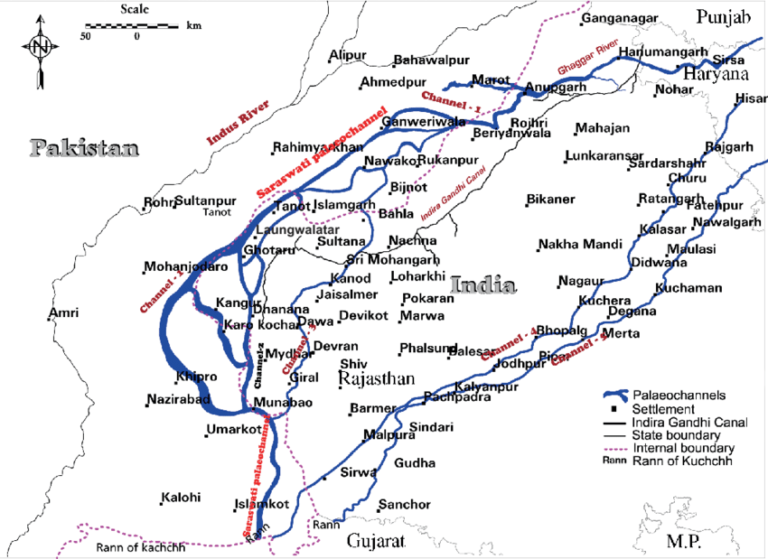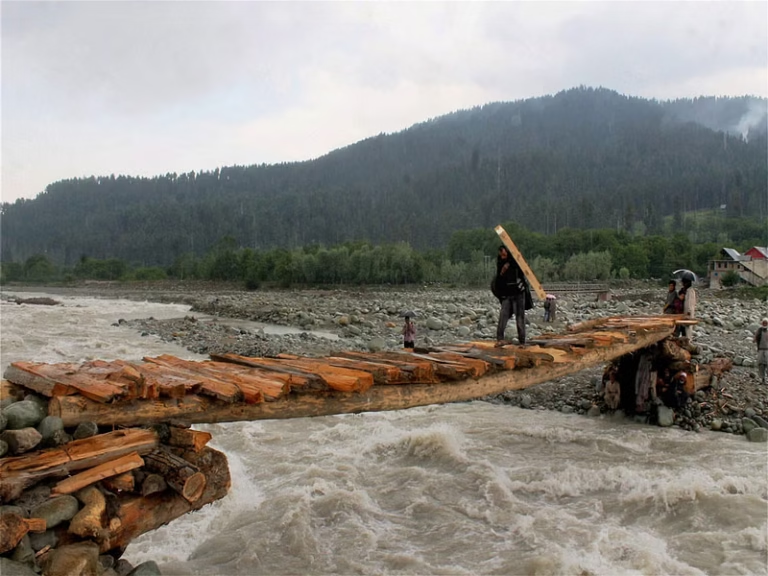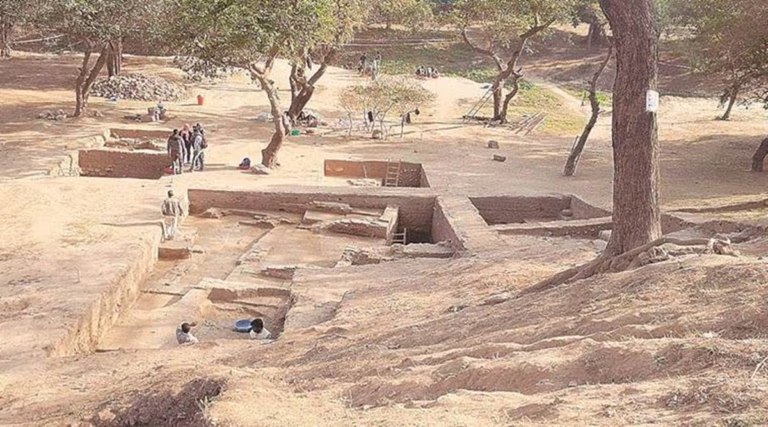
Introduction
5 Hidden Facts About the Mysterious Saraswati River
India’s ancient history is full of mysteries, and one of the most fascinating is the disappearance of the Saraswati River. Mentioned in the Rig Veda and several Hindu scriptures, this river was believed to be the cradle of the Vedic civilization. However, at some point in history, the river vanished, leaving behind unanswered questions and intriguing possibilities.
While some believe the Saraswati is just a mythological river, scientific research and archaeological evidence suggest otherwise. Geological surveys, satellite imagery, and excavations have confirmed the presence of a massive river system that once flowed through northwestern India.
Here are five lesser-known facts about the Saraswati River that challenge conventional history and shed light on its hidden past.
1. Saraswati Was a Real River, Not Just a Myth
Many people dismiss the Saraswati River as a mythological creation from Hindu scriptures. However, modern science tells a different story.
Scientific Evidence of Saraswati’s Existence:
- Satellite images from ISRO (Indian Space Research Organization) and NASA have revealed the dried-up riverbed of an ancient river, aligning perfectly with descriptions in Vedic texts.
- Geological studies confirm the presence of a once-mighty river flowing from the Himalayas to the Arabian Sea, passing through present-day Haryana, Rajasthan, and Gujarat.
- Excavations along the dried riverbed have uncovered ancient settlements, supporting the idea that this river once supported large populations.
This evidence confirms that Saraswati wasn’t just a spiritual concept but a real river that once shaped India’s civilization.

2. Saraswati Was Larger Than the Ganges
While today, the Ganges is considered the holiest and most significant river in India, ancient texts describe the Saraswati as an even mightier river.
Size and Course:
- Saraswati is believed to have been 5 to 8 kilometers wide in some places, making it much larger than the Ganges during its prime.
- The river stretched for over 1,500 km, originating from the Himalayas and flowing through modern-day Haryana, Rajasthan, and Gujarat, before merging with the Arabian Sea.
- Ancient scriptures describe it as a “mighty river with vast waters”, and early Sanskrit texts even refer to it as the “mother of all rivers.”
This immense river likely supported one of the earliest human civilizations long before the Indus Valley Civilization became prominent.

3. The River Disappeared Due to Tectonic and Climatic Changes
One of the biggest mysteries surrounding Saraswati is its disappearance. How did such a powerful river vanish?
Probable Reasons for Its Disappearance:
- Tectonic shifts: Geological research indicates that earthquakes and plate movements may have redirected the river’s water underground, cutting off its surface flow.
- Climate change: Over time, changing monsoon patterns reduced water supply to the river, turning once-fertile lands into deserts (now the Thar Desert).
- Glacial Retreat: Since Saraswati originated from glacial sources, global warming after the last Ice Age might have caused its water source to dry up.
By 1500 BCE, the river had almost completely disappeared, forcing settlements along its banks to migrate toward the Indus and Ganges rivers.
4. Saraswati’s Banks Were Home to an Advanced Civilization
The Saraswati River was not just a water source—it played a major role in shaping one of the earliest human civilizations. Many Indus Valley Civilization sites have been discovered along its now-dry riverbed, proving its historical significance.
Archaeological Findings Along the Saraswati:
- Cities like Rakhigarhi, Kalibangan, and Banawali were located on the banks of Saraswati.
- These settlements show evidence of advanced urban planning, including well-structured drainage systems, water reservoirs, and trading networks.
- Some scholars even believe that the Indus Valley Civilization should be renamed the Saraswati-Sindhu Civilization, as many settlements were along Saraswati’s banks, not the Indus River.
This suggests that Saraswati was the true cradle of Indian civilization, supporting large populations with its rich natural resources.

5. Efforts Are Underway to Revive Saraswati
While Saraswati may have vanished from the surface, it still exists underground. The Indian government and scientists are actively working to trace and revive the river.
Efforts to Restore Saraswati:
- In 2015, the Haryana government launched a project to trace Saraswati’s underground water reserves and revive it.
- Geologists and hydrologists have found underground water channels following Saraswati’s ancient course.
- Efforts are being made to reconnect ancient riverbeds with modern water sources to bring Saraswati back to life.
While complete revival may be difficult, scientific advances could help restore part of this lost river’s legacy.

Conclusion
The Saraswati River is more than just an ancient legend—it is a lost part of India’s heritage. From its powerful role in shaping early civilizations to its mysterious disappearance, Saraswati holds deep cultural, historical, and scientific significance. As new research unfolds, we may one day witness the rebirth of this legendary river.
